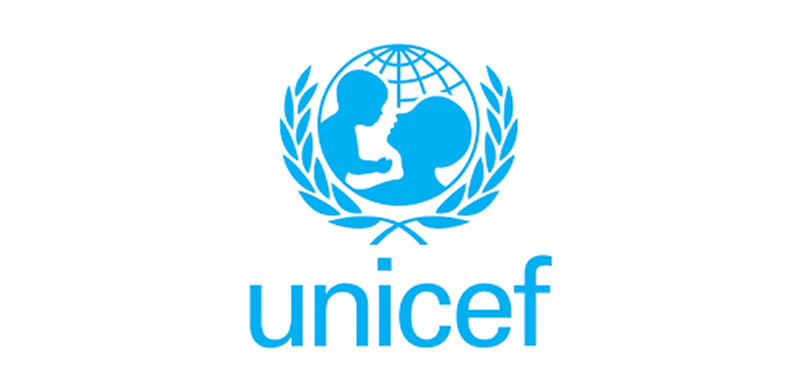26.5m Nigerian children experiencing high water vulnerability – UNICEF
The United Nations Children’s Fund, UNICEF says no fewer than 26.5 million Nigerian Children do not have enough water to meet their daily needs and are experiencing high or extremely high water vulnerability. UNICEF in a statement to commemorate the 2021 World Water Day, said globally, more than 1.42 billion people – including 450 million […]

UNICEF
The United Nations Children’s Fund, UNICEF says no fewer than 26.5 million Nigerian Children do not have enough water to meet their daily needs and are experiencing high or extremely high water vulnerability.
UNICEF in a statement to commemorate the 2021 World Water Day, said globally, more than 1.42 billion people – including 450 million children – are living in areas of high or extremely high water vulnerability.
- World Water Day: Over 60m Nigerians risk water-related diseases
- COVID-19: Congo’s opposition candidate dies a day after elections
According to a new analysis released by UNICEF, one in five children worldwide lack water to meet their everyday needs.
The analysis, which is part of the Water Security For All Initiative, identifies areas where physical water scarcity risks overlap with poor water service levels.
The statement quotes Mr Peter Hawkins, UNICEF Representative in Nigeria, as saying that communities living in these areas depend on surface water, unimproved sources of water, or water that can take more than 30 minutes to collect.
“The world’s water crisis is not coming – it is here, and children are its biggest victims.
“When wells dry up, children are the ones missing school to fetch water.
“When droughts diminish food supplies, children suffer from malnutrition and stunting.
“When floods hit, children fall ill from waterborne illnesses.
“And when water is not available in Nigerian communities, children cannot wash their hands to fight off diseases”.
UNICEF data
The UNICEF data show that children in more than 80 countries live in areas with high or extremely high water vulnerability with Eastern and Southern Africa with the highest proportion.
It is followed by West and Central Africa (31 per cent), South Asia (25 per cent), and the Middle East (23 per cent).
Hawkins noted that in 2020, the Nigerian Government and UNICEF released a WASH NORM survey which showed some progress, through the Federal Ministry of Water Resources and its partners to strengthen the sector’s planning and monitoring.
He noted that much more work needed to be done in the country to ensure that all Nigerians have access to adequate and quality water and hygiene services.
“Sustainable and equitable access to safe drinking water remains a challenge in Nigeria, with over 86 per cent of Nigerians lacking access to a safely managed drinking water source.
“The problem is compounded by poor drinking water quality and lack of equity in access.
“Although about 70 per cent of Nigerians are reported to have access to basic water services, more than half of these water sources are contaminated”.
“And although 73 per cent of the country’s population have access to a water source, only nine litres of water on average is available to a Nigerian daily.
“At the current rate, the country will miss the SDG targets on people’s access to water, unless there is a strong commitment and appropriate action taken by all stakeholders.
“We have to act now both to address the water crisis in Nigeria to prevent it from getting worse and if we want to meet the SDGs.
“We can only achieve water security for every Nigerian, including the Nigerian child through innovation, investment and collaboration, and by ensuring services are sustainable and well-managed.
“We must act for the sake of our children and our planet.”
The News Agency of Nigeria reports that March 22 annually is commemorated as World Water Day, to raise awareness on the global water crisis. (NAN)
